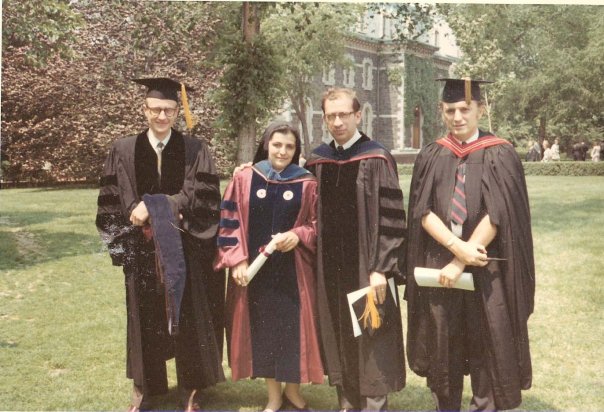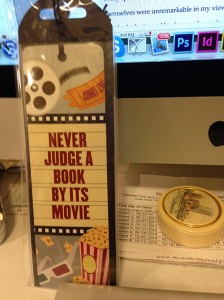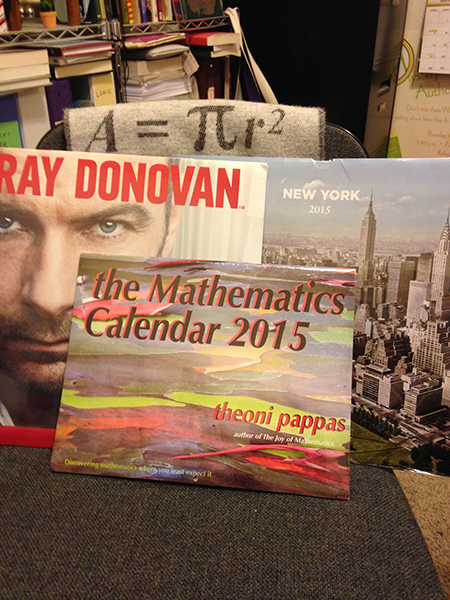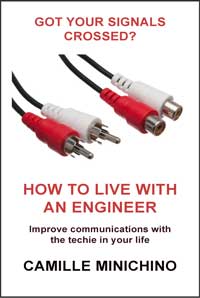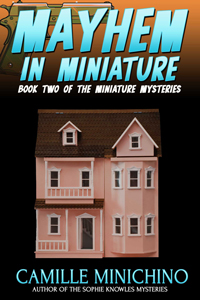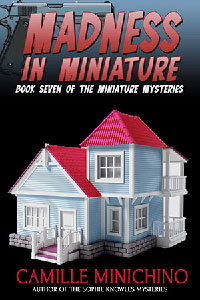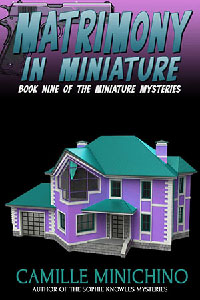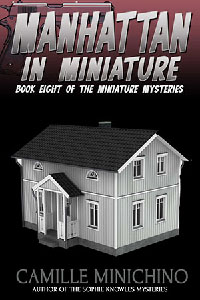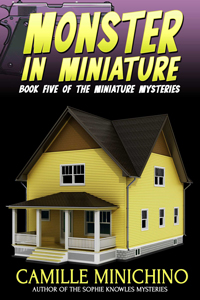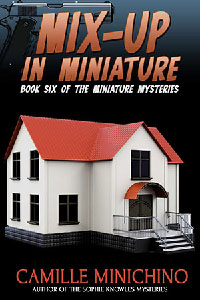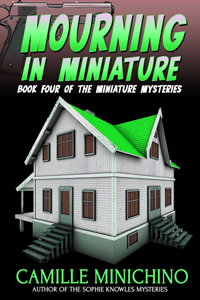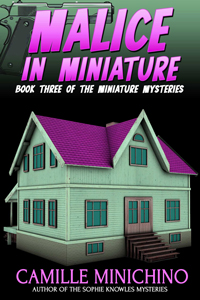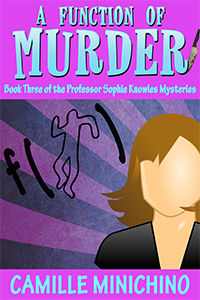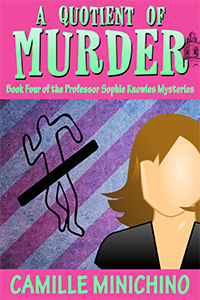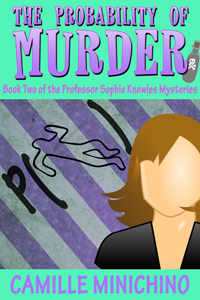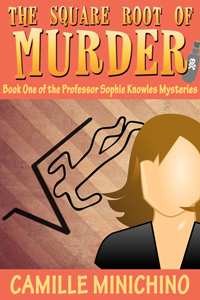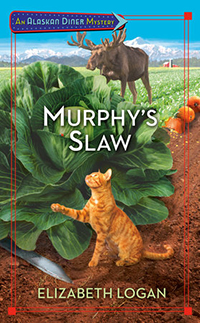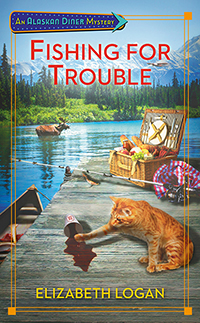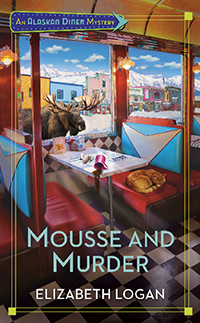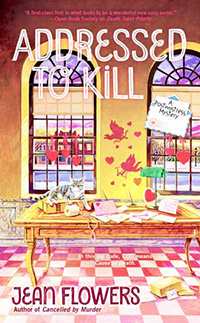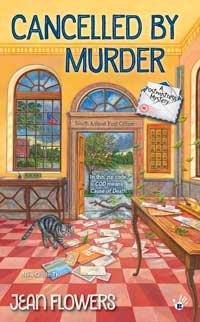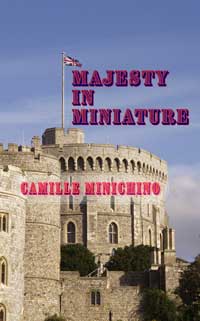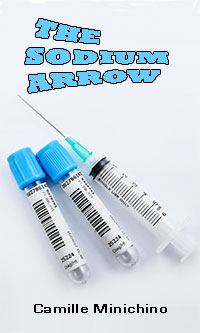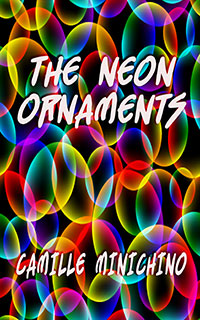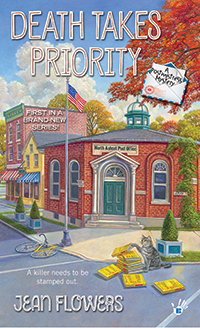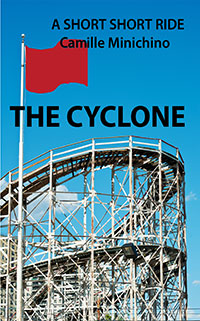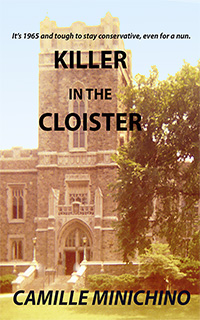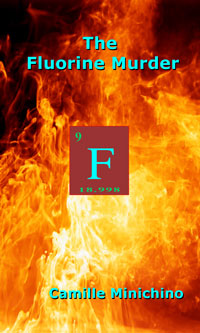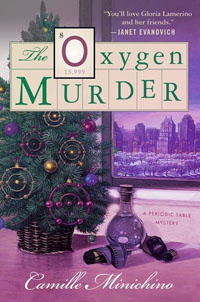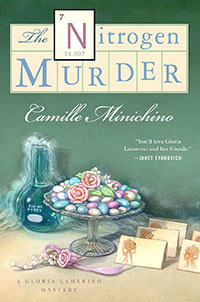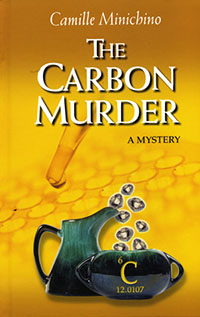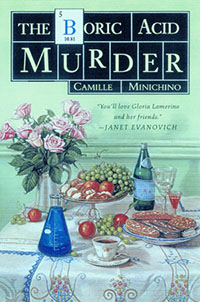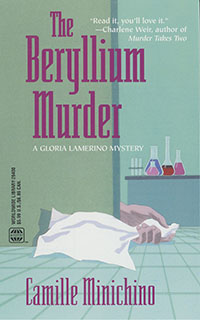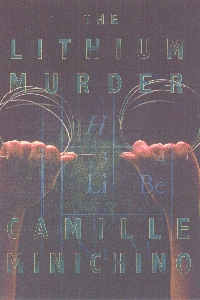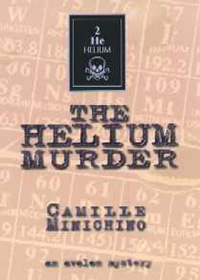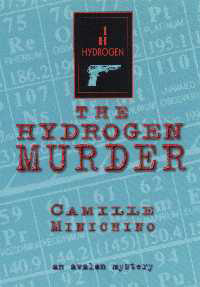Due to a special announcement, Wednesday is the new Thursday for this week.
Today, the Mystery Writers of America announced the nominees for the Edgar®
Award. Congratulations to all!
Here they are:
Mystery Writers of America is proud to announce, as we celebrate the 206th anniversary of the birth of Edgar Allan Poe, the Nominees for the 2015 Edgar Allan Poe Awards, honoring the best in mystery fiction, non-fiction and television published or produced in 2014. The Edgar® Awards will be presented to the winners at our 69th Gala Banquet, Wednesday, April 29, 2015 at the Grand Hyatt Hotel, New York City.
BEST NOVEL
This Dark Road to Mercy by Wiley Cash (HarperCollins Publishers – William Morrow)
Wolf by Mo Hayder (Grove/Atlantic – Atlantic Monthly Press)
Mr. Mercedes by Stephen King (Simon & Schuster – Scribner)
The Final Silence by Stuart Neville (Soho Press)
Saints of the Shadow Bible by Ian Rankin (Hachette Book Group – Little, Brown)
Coptown by Karin Slaughter (Penguin Randomhouse – Ballantine Books)
BEST FIRST NOVEL BY AN AMERICAN AUTHOR
Dry Bones in the Valley by Tom Bouman (W.W. Norton)
Invisible City by Julia Dahl (Minotaur Books)
The Life We Bury by Allen Eskens (Prometheus Books – Seventh Street Books)
Bad Country by C.B. McKenzie (Minotaur Books – A Thomas Dunne Book)
Shovel Ready by Adam Sternbergh (Crown Publishers)
Murder at the Brightwell by Ashley Weaver (Minotaur Books – A Thomas Dunne Book)
BEST PAPERBACK ORIGINAL
The Secret History of Las Vegas by Chris Albani (Penguin Randomhouse – Penguin Books)
Stay With Me by Alison Gaylin (HarperCollins Publishers – William Morrow)
The Barkeep by William Lashner (Amazon Publishing – Thomas and Mercer)
The Day She Died by Catriona McPherson (Llewellyn Worldwide – Midnight Ink)
The Gone Dead Train by Lisa Turner (HarperCollins Publishers – William Morrow)
World of Trouble by Ben H. Winters (Quirk Books)
BEST FACT CRIME
Kitty Genovese: The Murder, the Bystanders, the Crime that Changed America by Kevin Cook (W.W. Norton)
The Savage Harvest: A Tale of Cannibals, Colonialism, and Michael Rockefeller’s Tragic Quest for Primitive Art by Carl Hoffman (HarperCollins Publishers – William Morrow)
The Other Side: A Memoir by Lacy M. Johnson (Tin House Books)
Tinseltown: Murder, Morphine, and Madness at the Dawn of Hollywood by William Mann (HarperCollins Publishers – Harper)
The Mad Sculptor: The Maniac, the Model, and the Murder that Shook the Nation by Harold Schechter (Amazon Publishing – New Harvest)
BEST CRITICAL/BIOGRAPHICAL
The Figure of the Detective: A Literary History and Analysis by Charles Brownson (McFarland & Company)
James Ellroy: A Companion to the Mystery Fiction by Jim Mancall (McFarland & Company)
Kiss the Blood Off My Hands: Classic Film Noir by Robert Miklitsch (University of Illinois Press)
Judges & Justice & Lawyers & Law: Exploring the Legal Dimensions of Fiction and Film by Francis M. Nevins (Perfect Crime Books)
Poe-Land: The Hallowed Haunts of Edgar Allan Poe by J.W. Ocker (W.W. Norton – Countryman Press)
BEST SHORT STORY
“The Snow Angel” – Ellery Queen Mystery Magazine by Doug Allyn (Dell Magazines)
“200 Feet” – Strand Magazine by John Floyd (The Strand)
“What Do You Do?” – Rogues by Gillian Flynn (Penguin Randomhouse Publishing – Ballantine Books)
“Red Eye” – Faceoff by Dennis Lehane vs. Michael Connelly (Simon & Schuster)
“Teddy” – Ellery Queen Mystery Magazine by Brian Tobin (Dell Magazines)
BEST JUVENILE
Absolutely Truly by Heather Vogel Frederick (Simon & Schuster Books for Young Readers)
Space Case by Stuart Gibbs (Simon & Schuster Books for Young Readers)
Greenglass House by Kate Milford (Clarion Books – Houghton Mifflin Harcourt Books for Young Readers)
Nick and Tesla’s Super-Cyborg Gadget Glove by “Science Bob” Pflugfelder and Steve Hockensmith (Quirk Books)
Saving Kabul Corner by N.H. Senzai (Simon & Schuster – Paula Wiseman Books)
Eddie Red, Undercover: Mystery on Museum Mile by Marcia Wells (Houghton Mifflin Harcourt Books for Young Readers)
BEST YOUNG ADULT
The Doubt Factory by Paolo Bacigalupi (Little, Brown Books for Young Readers)
Nearly Gone by Elle Cosimano (Penguin Young Readers Group – Kathy Dawson Books)
Fake ID by Lamar Giles (HarperCollins Children’s Books – Amistad)
The Art of Secrets by James Klise (Algonquin Young Readers)
The Prince of Venice Beach by Blake Nelson (Little, Brown Books for Young Readers)
BEST TELEVISION EPISODE TELEPLAY
“The Empty Hearse” – Sherlock, Teleplay by Mark Gatiss (Hartswood Films/Masterpiece)
“Unfinished Business” – Blue Bloods, Teleplay by Siobhan Byrne O’Connor (CBS)
“Episode 1” – Happy Valley, Teleplay by Sally Wainwright (Netflix)
“Dream Baby Dream” – The Killing, Teleplay by Sean Whitesell (Netflix)
“Episode 6” – The Game, Teleplay by Toby Whithouse (BBC America)
ROBERT L. FISH MEMORIAL AWARD
“Getaway Girl” – Ellery Queen Mystery Magazine By Zoë Z. Dean (Dell Magazines)
GRAND MASTER
Lois Duncan
James Ellroy
RAVEN AWARDS
Ruth & Jon Jordan, Crimespree Magazine
Kathryn Kennison, Magna Cum Murder
ELLERY QUEEN AWARD

 Filed Under :
Filed Under :  Jan.29,2015
Jan.29,2015